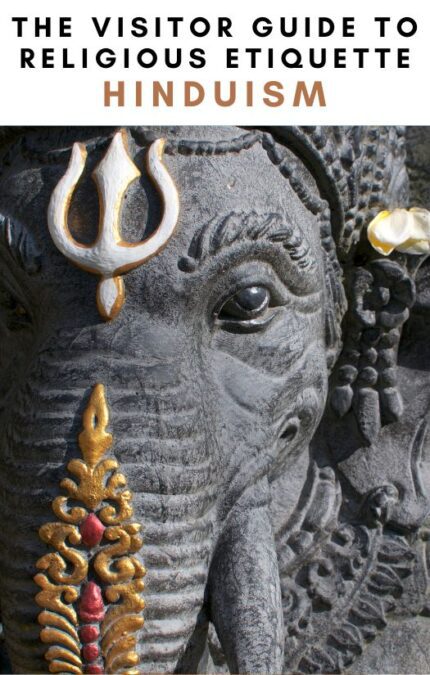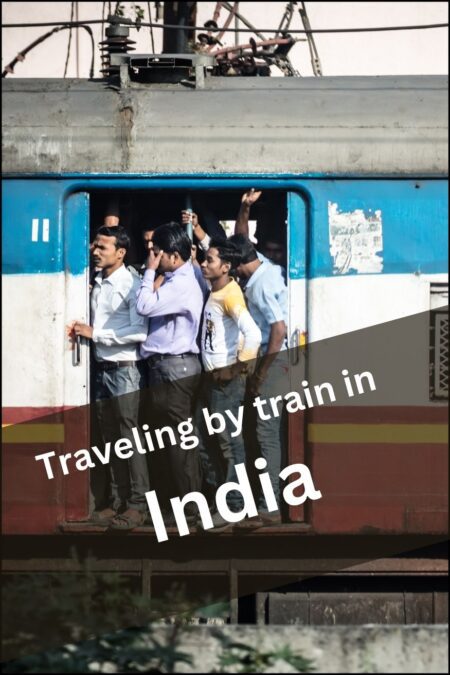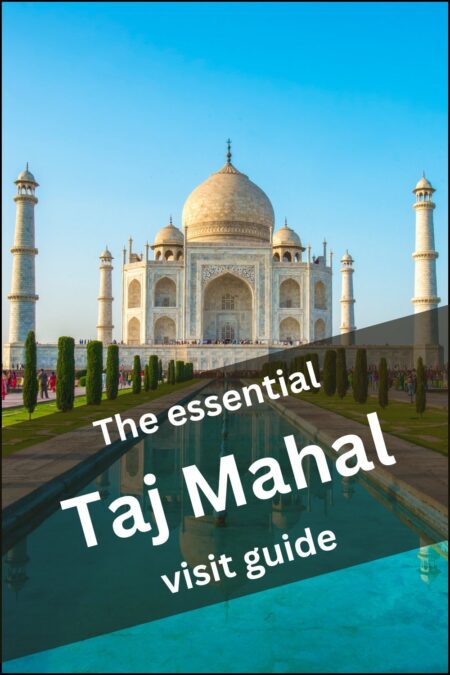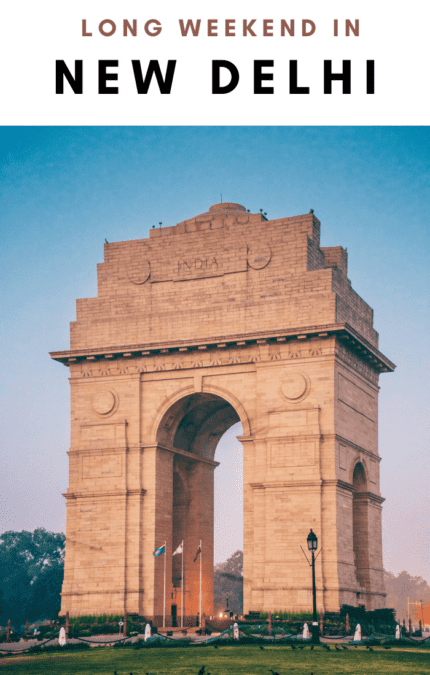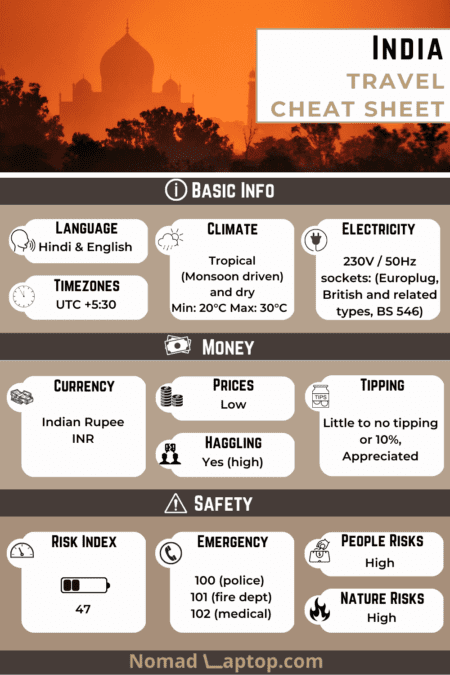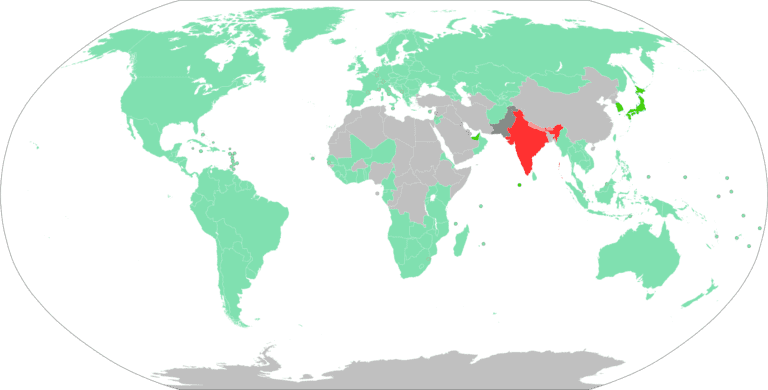India is a country of unparalleled culture, ancient history, and stunning landscapes. It is a vibrant nation of over 1.2 billion people and is the second most populous nation in the world. India is one of the most diverse countries in the world, with a wide variety of religions, languages, and cultures within its borders. The country is home to the world’s tallest mountain range, the Himalayas, along with numerous rivers, forests, and deserts. India is also home to many of the world’s oldest cities and most impressive monuments and temples. From the bustling cities of Delhi and Mumbai to the breathtaking beauty of Kerala and Rajasthan, India has something for everyone. Whether you’re looking for adventure, history, culture, or just a little bit of everything, India is sure to deliver.
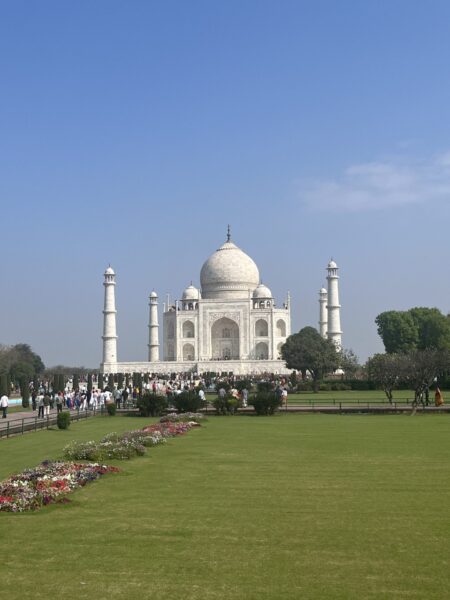

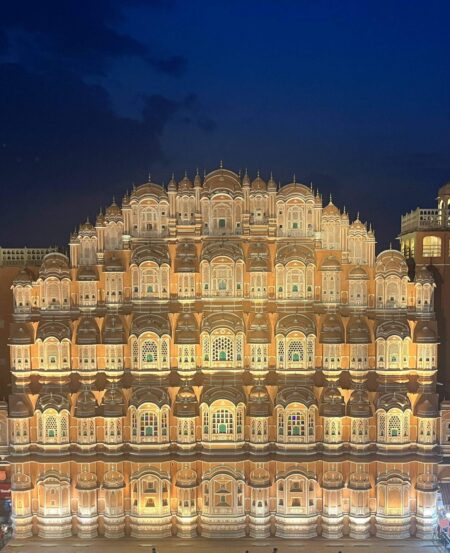


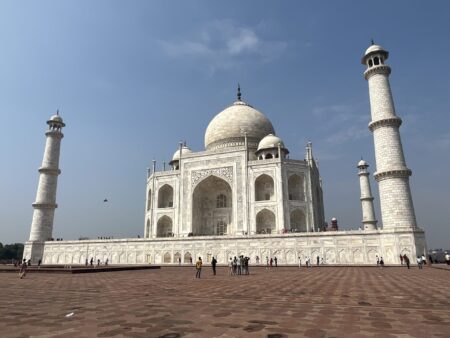
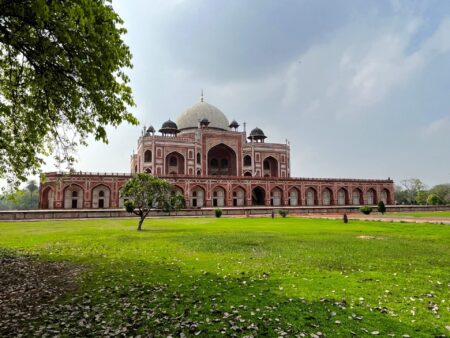

Articles
About

1,428 billion
3,287,263 km2
426/km2
$14.6 trillion
Bhārat Gaṇarājya
Info & Stats
- Language: Hindi and English are the official languages.
- Population: 1.4 billion (2020 Est.)
- Timezone: UTC +5:30
- Ethnic Groups: Indo-Aryan 72%, Dravidian 25%, Mongoloid and other 3%
- Religions: 79% Hindu, 14% Muslim, 2% Christian, 2% Sikh
- Political System: Parliamentary Republic
- Currency: Indian Rupee (INR)
- Credit Cards: Credit cards are not widely used. For comparison, the average global use is around 20% and 4% in India. ATMs, though, are evenly spread around the city.
- Electricity: Socket types Europlug, British types, 230 volt / 50 hertz
- Tipping Customs: 10-15% in restaurants and taxis
- Haggling Culture: Common in markets and bazaars
Climate & Seasons
As in other regions of the tropics, the seasons are split more between the rainy and dry seasons than the four commonly known seasons. India sees rain only during the monsoon season and there are two monsoons that hit the country. The Southwest monsoon, from June to September, and the Northeast monsoon, from October to February (Northeast India, which is hit by both monsoons, is the rainiest region in the world).
Before the June monsoon, temperatures can get extremely hot. India does experience winter, although, with the exception of the Himalayan region, there is no snow and temperatures anyway remain comfortable and high.
Entry Requirements
There are quite some distinctions in visa requirements based on the visitor’s citizenship.
Click the map to see details on visa requirements for each country
Safety
Safety: Given its large size, immense population, and lack of development in some areas, India is not very safe. However, when it comes to tourism, the major threats come from the high rate of pickpocketing. Scams are also quite frequent and tourists are often taken advantage of. Female travelers are also at a higher risk. Homosexuality is illegal and members of the LGBTQ community are definitely harassed. All that being said, tourism is generally safe.
Natural risks: earthquakes, floods, and severe storms routinely hit the country.
Emergencies number: 112, 100 (police), 101 (fire department), 102 (emergency medical services), 108 (emergency)
See more safety info in the Global Safety Indices page
